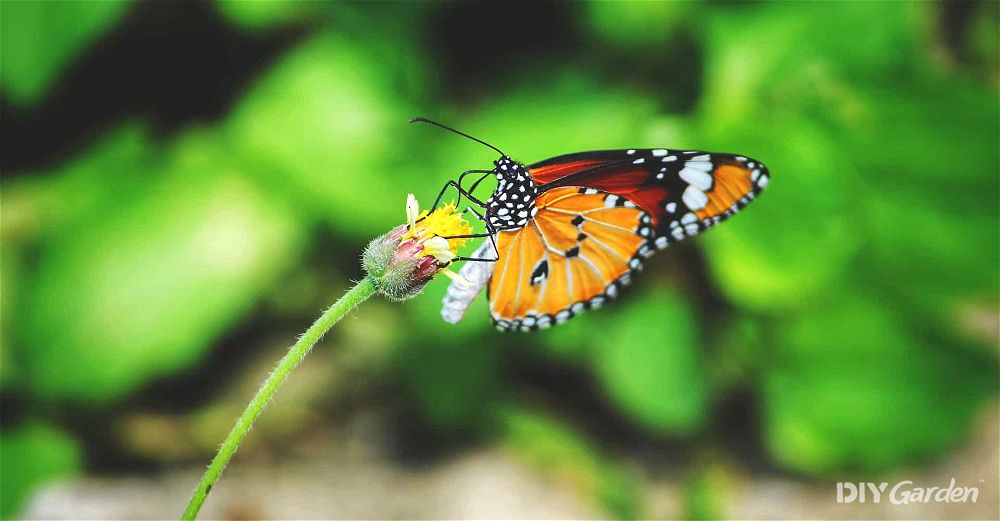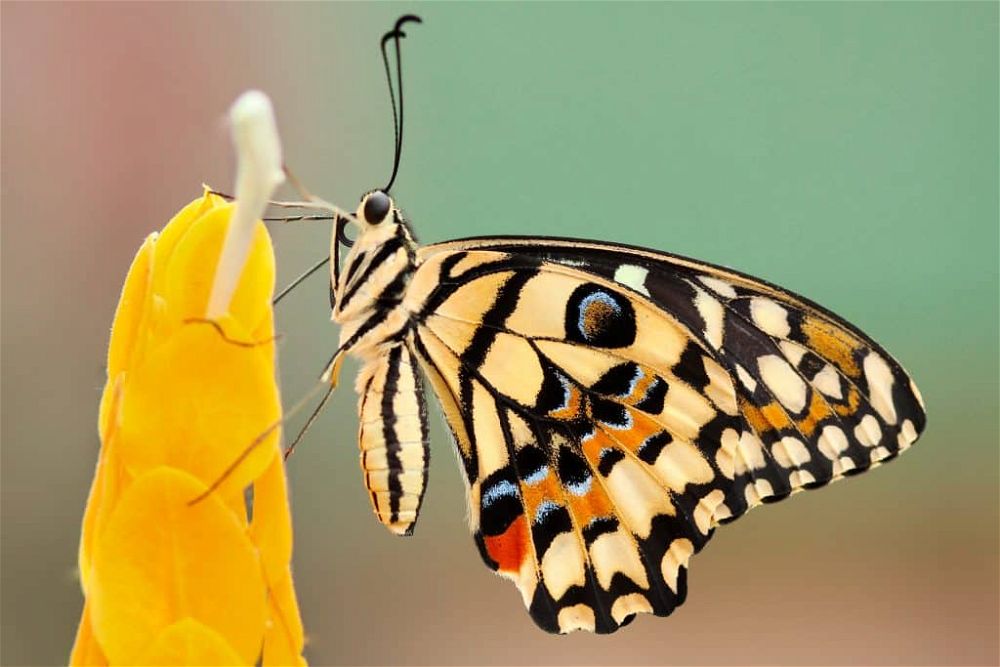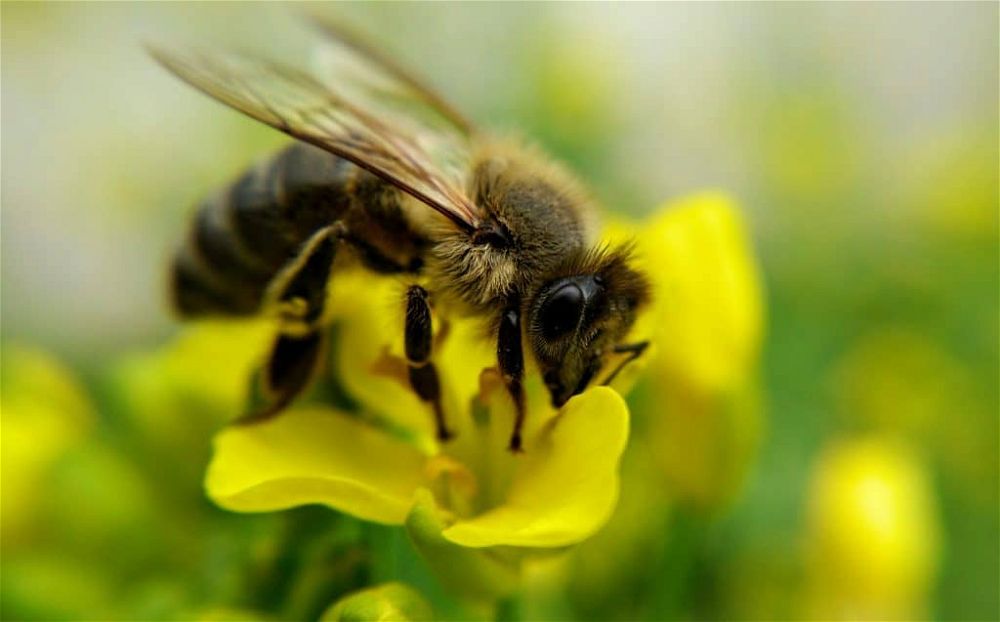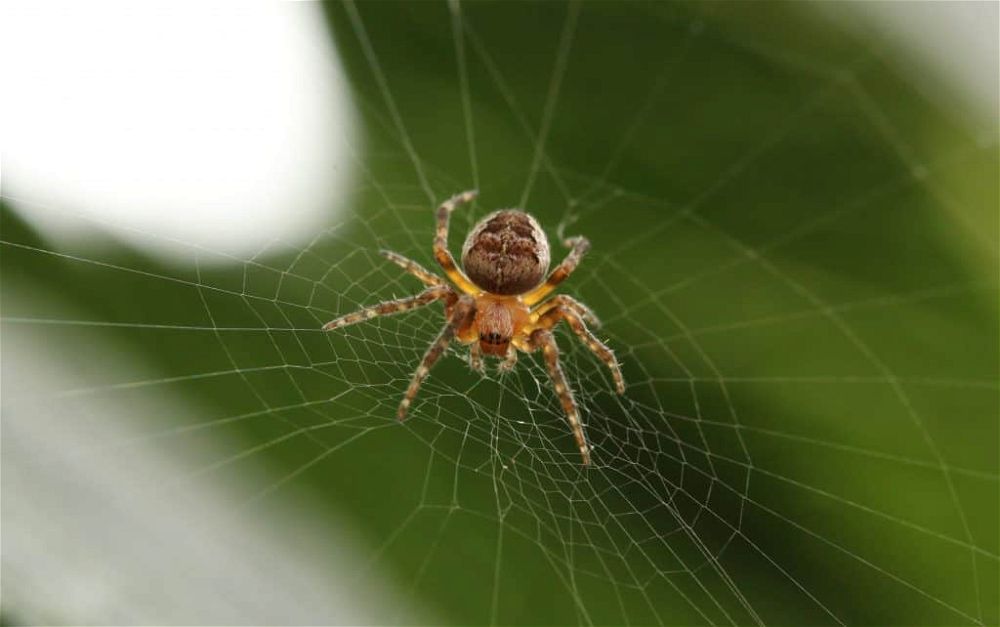
We live alongside billions of insects here on planet Earth, but a new study estimates a third of them are at risk.
Insects are disappearing at a rate of 2.5% a year. That means if we keep going the way we are, it could lead to the extinction of 40% of insects over the coming decades.
‘Thank goodness!’ you think, ‘That’s fewer flies and wasps to ruin my BBQ’.
But a ruined BBQ is the least of our worries because insects are important.
They evolved 400 million years ago, and they’ve shaped our eco-system. Every living creature depends on insects.
Why Are Insects Important?
Earth’s eco-system can’t function without insects. They are critical, an invisible force that keeps humankind alive.
If humans went extinct the world would probably sigh in relief and carry on, but if insects went extinct it’s a catastrophic problem for our children and grandchildren.
Here’s why:
1. Bugs are Pollinators
Pollination of plants is critical to our food chain.
Insects provide pollination services for free. Without pollination, plants can’t reproduce and we won’t have any food.
Bugs pollinate as they visit plants, transporting pollen to other flowers so they’re fertilised. Fluffy bees, long-legged butterflies, hard-shelled ladybirds, delicate lacewings and loud wasps all carry essential pollen.
2. They’re A Food Source
Insects are a primary source of nutrients for other animals. Blue tits feed their young on caterpillars, birds eat all kinds of bugs. Hedgehogs, bats, moles and shrews eat insects, as do frogs, toads, and spiders.
Even insects eat other insects like those bright red ladybirds munching down on vegetable destroying aphids. The list is endless.
3. Bugs Naturally Clear Waste
When you walk around in winter there’s plenty of dog mess for your kids to step in but during summer you don’t see so much. Ever thought why? It’s because flies lay eggs and maggots eat the poo.
Insects are the world’s cleaners and recyclers. They break down and dispose of waste, dead plants, and bodies that would otherwise pile up. Imagine a world where decomposition didn’t exist.
Insects feast on waste and aided by bacteria, it’s naturally cleared away. Apart from our non-biodegradable plastic pollution of course.
4. Insects Are An Essential Fertiliser
Here’s an interesting fact. Insects are mostly composed of nitrogen, one of the chemicals plants need to grow.
With billions of insects dying and decomposing each year, they add an important amount of nitrogen to the soil.
5. It’s A Marker Of Environmental Health
A planet full of thriving bugs is an indication the world’s ecosystem is healthy.
When certain bugs are dying out, alongside wildlife like hedgehogs and garden birds, it’s an indication something is badly wrong.
What’s Happening To Insects?
The latest study found butterflies, bees, and dung beetles were affected the most. For example, just 20 years ago one billion Monarch butterflies emigrated to Mexico, but the latest count is only 56.5 million.
The reason is human activity, and researchers suggest its agricultural policy in particular. The consequences of our government’s decisions will contribute to our children’s poor health and tenuous food supply.
- Agriculture. We’ve lost 97% of our flower meadows which were important for insects like bees that feed on nectar, and huge fields of monocrops or grazing beef cattle don’t contribute to a healthy ecosystem. Intensive agriculture destroys insect habitat.
- Pesticides. So desperate are we to feed ourselves and make a profit that we soak our crops in pesticides that kill hungry insects. Non-target species are affected by a class of pesticides called neonicotinoids which were partially banned in 2013. Others are used routinely.
- Climate Change. Rising temperatures affect insect habitats and breeding habits. A rise of one degree can make habitats entirely unsuitable for insects. They are shrinking back to smaller spaces and with climate change predicted to rise in the future it’ll only get worse.
How Can We Help Them?
It’s a dire situation predicted by scientists. In a few decades, we could have lost 40% of our vital insect population. Yikes! So, what can we do to sort out this problem for our kids?
UK gardens hold mile upon mile of outdoor space, and that can be put to good use!
Here’s how you and the kids can help our declining insect population.
1. We’re Going On A Bug Hunt
The first step is learning about bugs.
Instead of spraying them with poisons and running around in a panic when a bee appears, take some time to understand them.
Kids love bugs, they only learn to fear them from their parents’ behaviour, so grab a guide and see how many types of insect you can find together.
Learn about insects is important, and never mind bears – going on a bug hunt is the #1 summertime pursuit.
Look out for insects to draw, or even better, paint a stone ladybird. Find a palm-sized stone, paint the body red, the head black, and then mark wings and spots in black. It couldn’t be easier.
Plenty of conservation groups have child memberships for a fraction of the full cost. They have amazing resources and make great gifts for kids who will soak up the information like a sponge. Prepare to be tested on the hibernation activities of the native holly blue butterfly!
2. Build A Cosy Bug Home
With habitat destruction high on the list of reasons why insects are under threat, start your practical campaign by providing shelter.
Kids love feeling like superheroes, so get their Paw Patrol and Venom costumes on and go save the bugs.
There are plenty of insect or bee hotels available to buy, but you can make them too. Here are a few kid-friendly suggestions.
- Gather some sticks, leaves, and dried flower stems. Go for walk to your local park if your garden is looking bare, and then pop them in a flower pot. Insects will move right in and you’ll find many different species in there within a few days.
- Go Gruffalo and build a log pile house. Bugs like woodlice, earwigs, and beetles love decomposing wood. A deadwood habitat will fill up in no time. You could also make a stone pile that casts lots of dark shadows and keeps the soil damp. Use broken pots, bricks, and
- If you’re handy with a drill, take a log and drill holes for solitary bees, wasps, and spiders.
- Sandy areas are essential for burrowing bugs. Find a sunny spot, dig down a few inches and add sand to the soil. Before long you’ll spot small volcanos, which are miner bee homes. Don’t poke them!
- How about a compost heap? Recycling your kitchen waste is a great example for kids, and as it decomposes it creates heat for shivering insects, not to mention free compost.
- As if you needed an excuse to pull out the fizz, sun lounger, and kid’s trampoline! Keeping the grass longer and leaving leaf fall is great for the environment. Spring clean? No thanks, we’re bug champions.
3. Feed The Bugs
Habitat destruction means food sources are getting scarce, but your garden can feed hundreds if not thousands of insects.
Look for native plants as these have easily reachable nectar. Double flowers are too tight for bees. Annual bedding plants aren’t much use either.
Look for hazel, holly, rowan, hebe, sallow blossom, any daisy type flower, lavender, rosemary, wallflowers, jasmine, and honeysuckles. In winter stock up on snowdrops, hellebore, heather, mahonia, and ivy.
In fact, ivy is a great plant for insects as it provides evergreen year-round shelter plus flowers in the late autumn and winter. Don’t chop down all your ivy! If you leave it, you’ll likely spot a wren digging about for bugs. If you don’t love wrens you have a heart of stone.
Get your kids involved by creating a mini wildflower meadow and you’ll be rewarded with bees and butterflies all summer.
Shake some inexpensive wildflower seeds into a pot. You’ll be surprised at how many insects will visit a balcony adorned with a hanging basket or tub of wildflowers. If your kids are younger go straight for an established flowering lavender or aster. No patience required, and the bees will be on it right away.
If you’re not green fingered, just let dandelion, clover, dead nettles and daisies blossom in your lawn because insects love them.
And don’t forget about night flowers like night scented stock. Insects like moths come out to feed at night. As a special treat, let the kids stay up till dusk so they can look for night butterflies and the bats that feed on them.
4. Something To Drink
Insects need water too.
If you spot a bee struggling in a pond, paddling pool, or water butt, help it out with a leaf. He just wanted a drink but there was no-where safe to land. Imagine feeling that parched.
Create a safe watering hole for insects and it’ll bring all kinds of life to your doorstep.
Birds, hedgehogs, frogs, dragonflies, bees, butterflies, you name it – they will come to drink. Just make sure there’s an easy exit spot in case a hedgehog falls in. A small ladder or pile of stones in one corner works well.
A full-on pond isn’t always the safest option with small kids though, so try sinking a bucket or washing up bowl into your lawn. Pad the hole out with sand and then fill the bucket up.
Place some stones in there, and maybe a water lily if you’re feeling flash. Then give your kids the responsibility to keep it topped up and note what insects arrive.
A diary or drawing pad will help out here. Just wait ‘til they see a dragonfly – they cause untold levels of excitement.
If you don’t fancy a pond, fill a shallow bowl with pebbles or stones and water. Bees land on the stones to drink. This can be Jack or Megan’s Pool, their responsibility, and a potential first step to getting a real pet.
5. Don’t Use Pesticides – Carry The Bugs!
Pesticides are indiscriminate so when you spray the flowers against aphids, you’re also killing the bees.
Going pesticide-free will encourage a natural balance to your garden. Predators will arrive to eat the whitefly, greenfly, slug, and snails if you can wait it out for a bit.
Ladybirds and lacewings, in particular, have voracious appetites, clearing rose bushes of aphids in a day.
If you spot a ladybird, teach your kids how to move them to aphid-infested areas by encouraging it onto a leaf or stick, not squashing it between two fingers! You could spend several relaxing hours transporting hungry bugs.
If that doesn’t work, or you have a big infestation, use soapy water and rubber gloves to wash off the mealybugs, aphids, and mites. Depending on how squeamish the kids are they will love or hate this job!
6. Join Your Local Wildlife Group
It’s surprising how many free wildlife and environmental groups work locally.
These people work for the benefit of your area, trying to keep it litter-free, managing wildlife habitats, and making your surrounding generally pleasant.
Join up, the kids can go too. You’ll learn plenty about insects, take part in the annual surveys, and discover just how much life could buzz around your garden if you just give it a chance. Wildlife groups are a great resource if your garden is small.
Push For An Environmentally Friendly Government
If our insects are under threat, that means our children are under threat too. We need changes in government policy, changes that support the environment rather than building all over it. Every chance you get, push for environmental improvements.
Get Bug Friendly
Helping your children learn why bugs are so important can make a big difference to the future of our planet, and the time you spend together not only improves your relationship, it gets them out into the fresh air, away from the PS4, and promotes exercise.
Kids, bugs, dirt, free fun – it’s all outside waiting for you.





